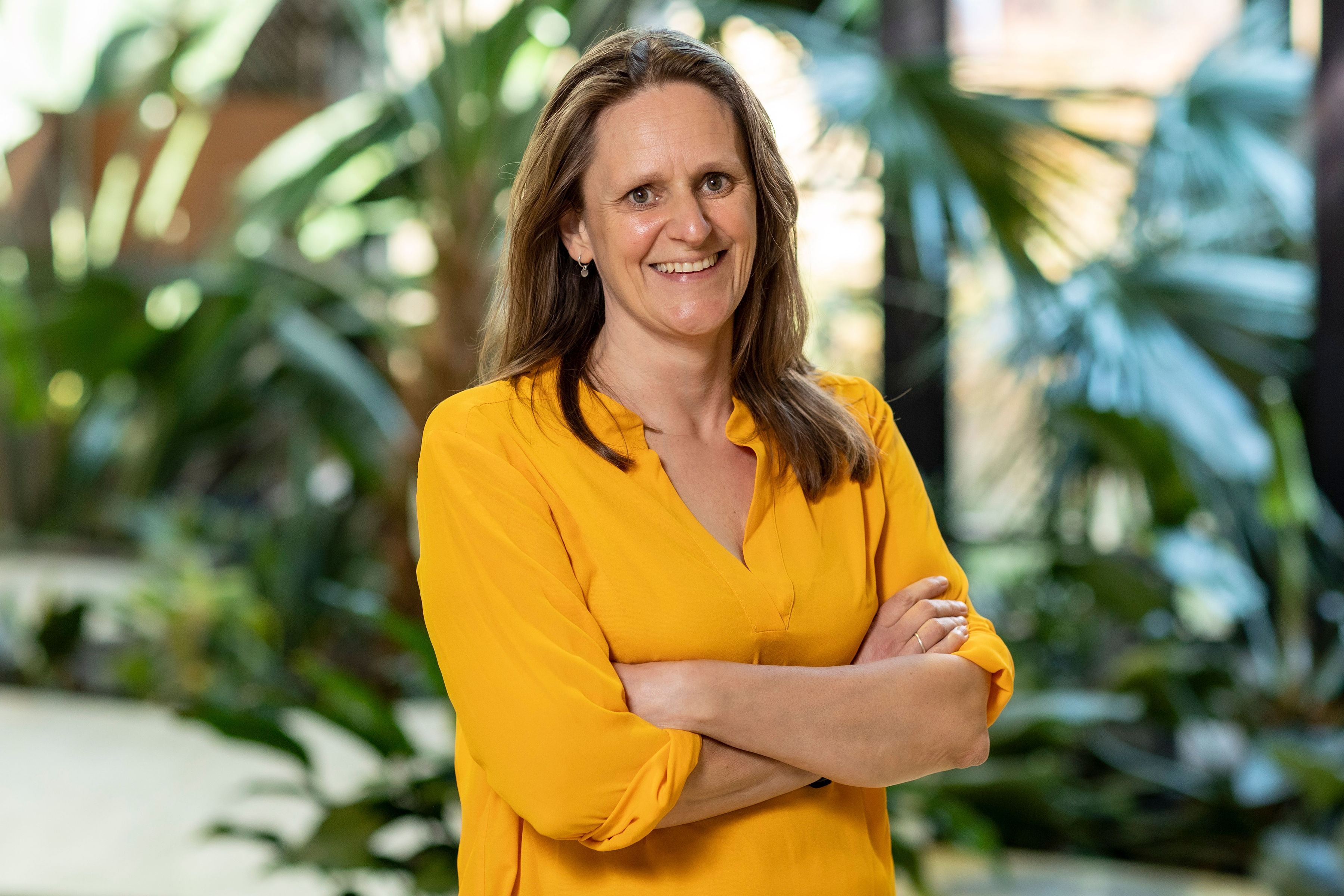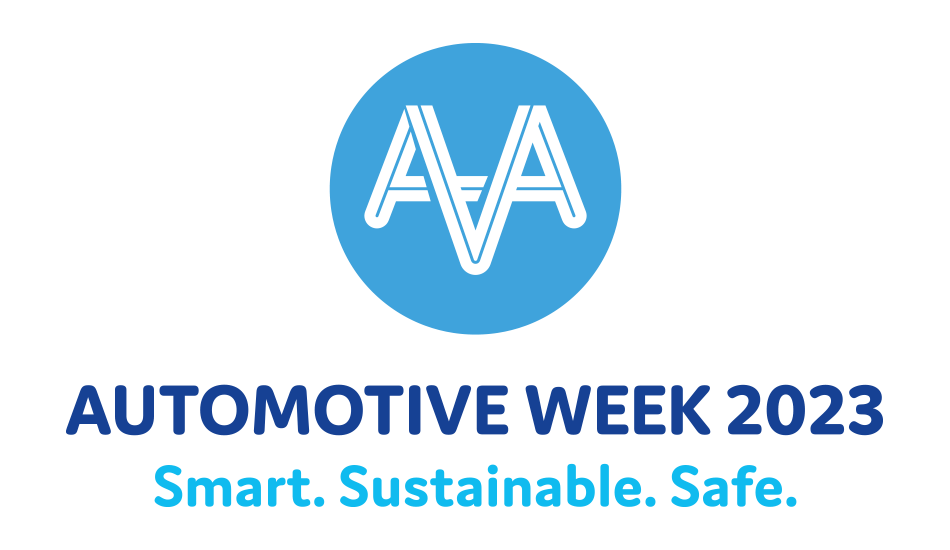My name is Cathelijne Hermans, I am Strategy Consultant and Associate Director for Sustainability at Royal HaskoningDHV – with a particular focus on mobility and the mobility transition. Within my role I work closely with our teams at Royal HaskoningDHV to shape the future of our mobility system. Together, we collaborate with clients and stakeholders to ensure their projects are smart, safe and sustainable.

Within the mobility system, the automotive industry is one of the big players and one that is undergoing its own changes. Some of our focuses at Royal HaskoningDHV include optimising road networks to improve advanced driver-assistance systems (ADAS) performance. These systems are increasingly common in cars today but must be implemented safely within our networks.
Elsewhere, we’re doing a lot of work to pave the way for electric vehicles in cities with our VOLT platform. We’ve seen the popularity of EVs grow massively – but are our cities ready to accommodate them? VOLT helps city authorities determine the optimal layout for charging infrastructure to guide future planning.
Last, but not least, considering all the challenges and changes, it has never been so important for cities and road authorities to have an efficient and effective traffic management system. With the right set of tools that helps to implement the policy goals on the roads by steering the traffic flows, cities become more accessible, safe, and liveable. For that, we have developed the award-winning Flowtack service. This cloud-based technology implements mobility policy via connected traffic lights in a way to ease congestion and optimises traffic flows resulting in smoother journeys and greener cities.
How do keep pace with all these digital developments?
I put a lot of trust in the technical abilities of the automotive industry. Innovation is a given within the sector. The main challenge then is to ensure that this innovation is aligned between the industry, government and other important stakeholders. Collaboration in shaping the future of mobility is a no-brainer for me.
Challenges in the Mobility Transition
Coming from an engineering and consultancy firm I would say that it is most important that we keep track of what is happening in the overall playing field; being aware of what is happening outside the sector that effects us all.
Like, for example, the climate goals we need to reach. These goals have impact on every industry and every aspect of our physical environment. We need to approach these challenges by combining strategy, implementation and technology. This combination is at the core of what we have to offer at Royal HaskoningDHV.
By ensuring innovation doesn’t overtake legislation, or that behaviour changes are encouraged at a stakeholder and public level as we undergo this mobility transition – we can realise a sustainable mobility system that is resilient, accessible and safe.
Dutch automotive industry in the smart and sustainable transition
The Dutch automotive industry is part of the international automotive market developing vehicles or mobility concepts for a European and worldwide market. In a densily populated country like the Netherlands, the developments that are impacting our mobility system and driving the mobility transition, are experienced relatively quickly and intensely in daily life. This is a strong incentive for automotive and public parties to innovate and gear up large scale deployment of innovations that will be of benefit for society as a whole.
Maintaining the pioneering role of the Netherlands
The strong impact of current developments on the mobility system in the Netherlands can be a very good cradle in which the automotive sector and the broader mobility sector can move closer and join forces. Together, these parties can look at mobility in an intermodal way, develop new mobility concepts that suit people’s needs, increase the quality of the living environment and get the most out of emerging new technologies.
The mobility community
There is a strong demand for knowledge and research on how to guide the mobility transition in the right direction. This research must combine the needs of individuals with the benefits for society as a whole. Researchers should constantly be prepared to question old practices as well as new trends that may come along.
Getting that balance right starts by defining clear indicators on where we want to be -in terms of a safe, sustainable and inclusive mobility system – being critical, and stimulating an adaptive approach to swiftly change course when needed.

